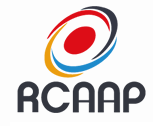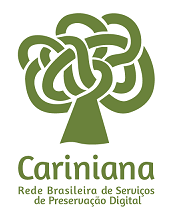Comportamento ingestivo de cordeiros alimentados com rações contendo torta de crambe
DOI:
https://doi.org/10.5433/1679-0359.2016v37n4Supl1p2633Palavras-chave:
Eficiência de alimentação, Mastigação ruminação, Subproduto.Resumo
Foi avaliado o comportamento ingestivo de cordeiros alimentados com rações contendo 30% de silagem de sorgo e 70% de torta de crambe (30:70) e 70% de silagem de sorgo e 30% de torta de crambe (70:30) sob consumo voluntário e controlado. O delineamento experimental utilizado foi o quadrado latino 4x4, com quatro animais, quatro períodos e quatro tratamentos. O comportamento ingestivo foi determinado mediante observação visual. Animais recebendo dietas com relação 30:70, apresentaram maior consumo de MS e FDN (g dia-1). Animais alimentados com a relação 70:30, apresentaram maior tempo de alimentação (horas kg-1MS), de mastigação (min kg-1MS e min kg-1FDN), de ruminação (min dia-1 e min kg-1MS), maior número de mastigações merícicas por bolo. A melhor eficiência de alimentação (g MS h-1) foi apresentado para a relação 30:70. Animais submetidos ao regime de consumo voluntário apresentam maior consumo de MS e maior tempo de mastigação. A torta de crambe pode ser utilizada na dieta de ovinos sem alterar os parâmetros de comportamento ingestivo.Downloads
Downloads
Publicado
Como Citar
Edição
Seção
Licença
Copyright (c) 2016 Semina: Ciências Agrárias

Este trabalho está licenciado sob uma licença Creative Commons Attribution-NonCommercial 4.0 International License.
Semina: Ciências Agrárias adota para suas publicações a licença CC-BY-NC, sendo os direitos autorais do autor, em casos de republicação recomendamos aos autores a indicação de primeira publicação nesta revista.
Esta licença permite copiar e redistribuir o material em qualquer meio ou formato, remixar, transformar e desenvolver o material, desde que não seja para fins comerciais. E deve-se atribuir o devido crédito ao criador.
As opiniões emitidas pelos autores dos artigos são de sua exclusiva responsabilidade.
A revista se reserva o direito de efetuar, nos originais, alterações de ordem normativa, ortográfica e gramatical, com vistas a manter o padrão culto da língua e a credibilidade do veículo. Respeitará, no entanto, o estilo de escrever dos autores. Alterações, correções ou sugestões de ordem conceitual serão encaminhadas aos autores, quando necessário.













